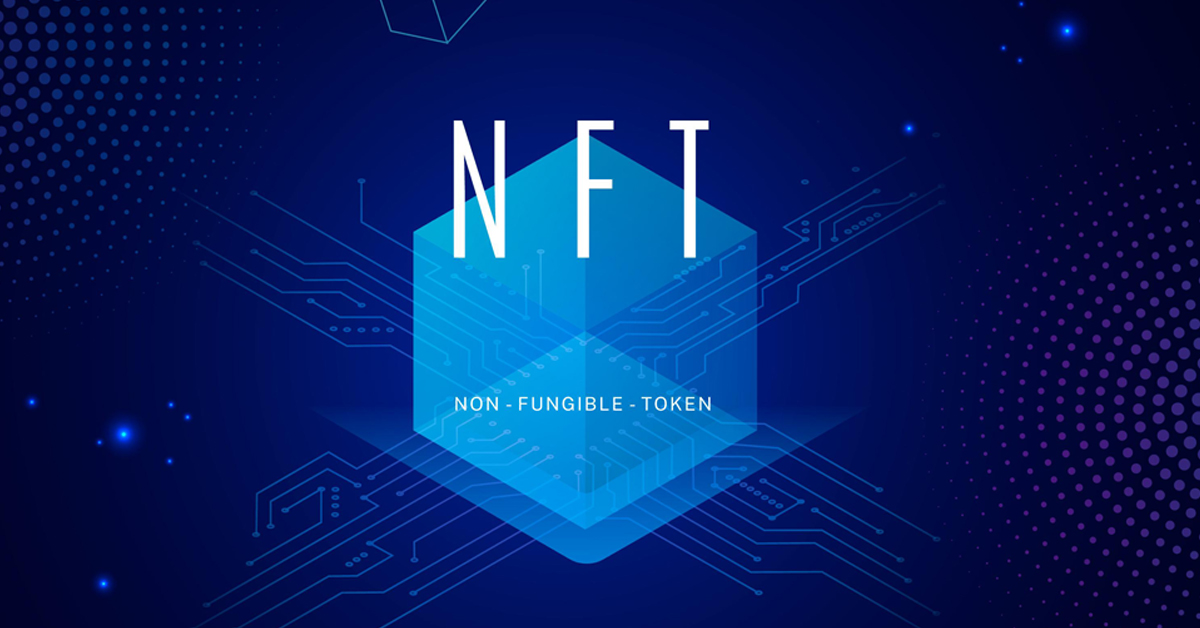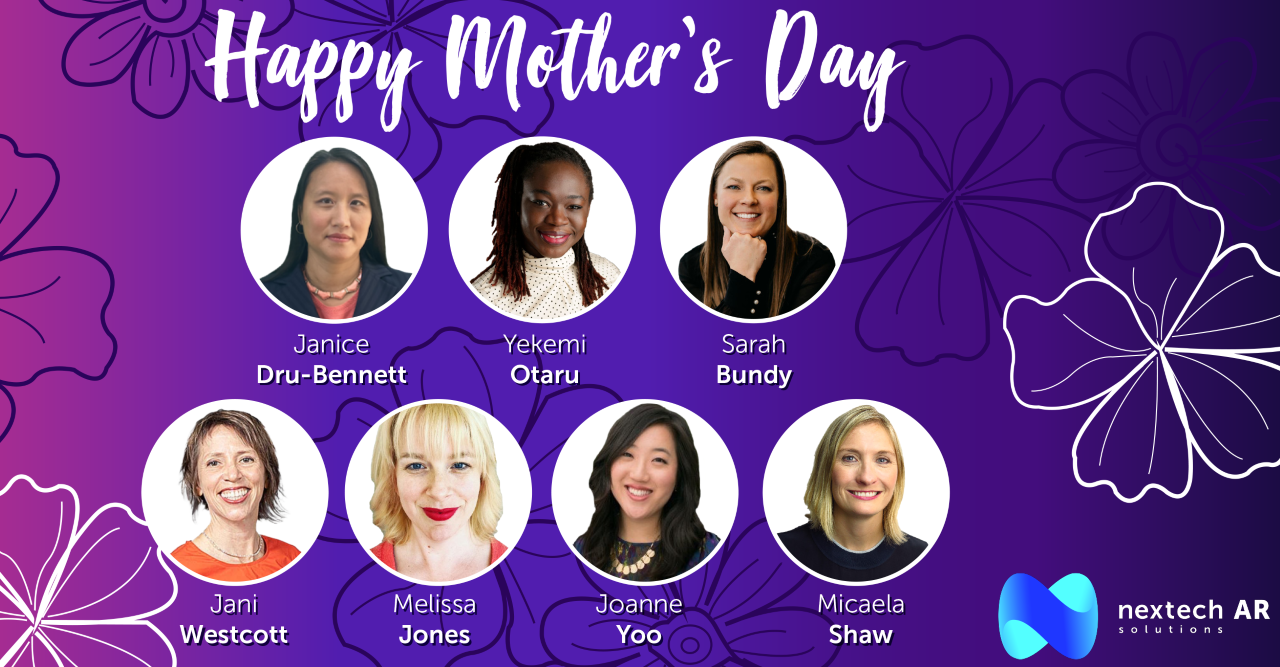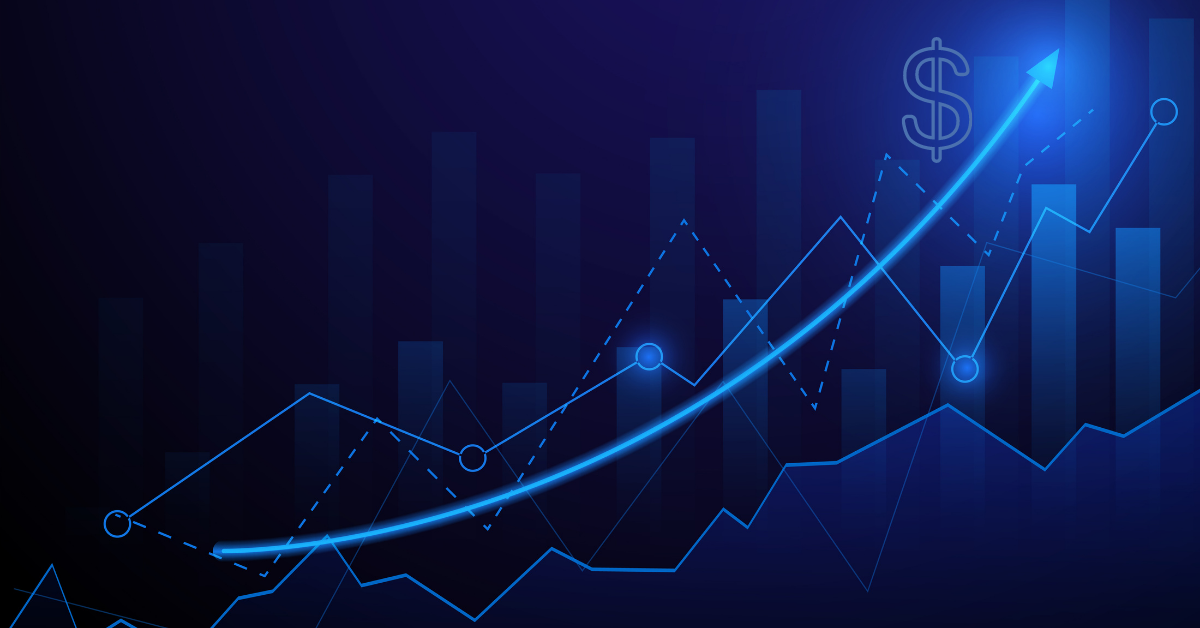NFTs are taking the digital art world by storm. No doubt, you've experienced the boom for yourself or at least read about it in the news, especially when a digital art piece by Beeple Everydays - The First 5000 Days was sold for an astonishing $69 million at Christie's earlier this year.
Now, you might be sat there wondering: "What are NFTs and what makes them worth that kind of money?" and let us tell you: you're not the only one. Although NFTs have been around since 2014 (Coloured Coins), it wasn't until January 2021 when they hit the mainstream, leaving many people confused about how exactly they work.
If you're still trying to understand the latest cryptocurrency frenzy, keep reading - this article will tell you everything you need to know about NFTs.
What are NFTs?
In simplest terms, NFTs (non-fungible tokens) are interchangeable digital assets, authenticated using blockchain technology and hold their value in the form of cryptocurrency, meaning they can be easily sold or bought. Still confused? Stay with us.
Non-fungible
Non-fungible refers to items that cannot be substituted for anything else and are "one-of-a-kind". For example, take a five-dollar bill - they all hold the same value. No matter how many times you exchange that particular bill, you'll still have five dollars in your pocket. Interchangeable (or non-fungible) items, on the other hand, cannot be swapped for anything else and are very unique, like the Mona Lisa painting. They can be endlessly replicated but cannot be replaced.
Tokens
Tokens are units of value programmed into the blockchain code and are considered a method of authenticating the ownership of the NFT. Once you purchase a piece of digital art, you are issued a digital certificate that allows you to claim ownership of the asset.
Digital Assets
Any digital asset can become an NFT. It could be a music file or a drawing; even a Tweet (yes, Jack Dorsey, the founder of Twitter, really did sell his first-ever Tweet for just under $3 million) - literally anything that's one of its kind is considered valuable and can be stored digitally. Think of it as a fine art collection, except it cannot be stolen or won't erode with time.
How do NFTs work?
Most NFTs are a part of the Ethereum blockchain (a cryptocurrency just like Bitcoin) that supports individual tokens storing additional information; in fact, it's the additional information that allows NFTs to turn into music files, JPEGs or GIFs. Hence why NFT replicas, although essentially the same thing, cannot be a part of the Ethereum blockchain - the downloaded copy won't contain the stored information. It's possible for other blockchains to implement NFTs (and some already have!), but the stage currently belongs to Ethereum.
Anything you own virtually can be added to the blockchain network, but not all NFTs are worth millions – the value of any collectible starts with brand. The popularity of NFTs is predominately based on scarcity, and for the scarcity effect to take place, creators must first identify and build an audience for their product. And although the subject, usability or future value of a non-fungible token also play a significant role in establishing its value, it’s often the creator’s personal brand or partnerships that cause the valuation of the NFT to soar - essentially, the bigger the audience, the higher the price. Additionally, each time a non-fungible token is purchased, its valuation increases.
Since the creator of the original piece is forever "chained" to their artwork on the blockchain, the records cannot be forged (not with millions of computers tracking the NFT’s every move), and the authors receive a percentage of any secondary sales. The way it works, the blockchain technology uses cryptography (a method to encrypt information so that only intended receivers will understand it) to chain data blocks into a growing list of records. Two keys are then created to enable blockchain transactions: a public key and a private key. The private key is what's transferred to the collector’s wallet once they purchase the NFT and acts as the proof of ownership, while the public key confirms the authenticity of the asset and links it to the artist who originally created it.
If you're looking to buy an NFT, there are already multiple marketplaces (with more added every day) where collectors can search for their next perfect piece, like Zora, OpeanSea or CryptoPunks. Each marketplace plays by its own rules so you’ll have to connect to a crypto wallet and fund it with cryptocurrency specific to the marketplace. Another thing to consider when buying an NFT is whether they’re available at a certain time period; for example, some are only sold on art drop basis, meaning they’re can only be purchased by a few lucky collectors who got there first.
Some question the NFT boom. After all, even though you own the digital asset, anyone in the world can still duplicate it, share and store it on their devices. But it's the same with physical art pieces - anyone can own the replica, but only one person owns the original work, and that's the thing that appeals to NFT collectors. Others believe NFTs will soon become like an art collection in the real world - except more convenient and available to anyone with an Internet connection.
New kid on the block: Augmented Reality NFTs
It was only a matter of time before NFT fans veered into the Augmented Reality space. Everyone wants a piece of this immersive technology these days and what a better way to appreciate an art piece if not in 3D? Just imagine buying an NFT and being able to visualize it at home - it's almost as if the item is physically present in your house... A truly unforgettable experience. This, combined with the "collector's mentality", promises big things for AR NFTs. Let's take a look at a few examples being introduced into the NFT marketplace today.
Pascal Boyart
"Daddy what's money?" is now animated in #AugmentedReality 👀 using the @ArtiviveApp.
— Pascal Boyart (@pascalboyart) February 29, 2020
Mural painted in 2017, still visible at 64 rue Riquet 75019 Paris.
1st mural fresco with a #Bitcoin QR for donations and 1st mural tokenized #NFT #digitalcollectibles #erc721 pic.twitter.com/tnVxs4jtJQ
French artist, Pascal Boyart was one of the first to turn his work into a scannable AR experience by attaching a Bitcoin QR code to his paintings. That way, when the French authorities reacted quickly and covered his mural celebrating the Yellow Vest protests, we can still enjoy his artwork in the form of NFTs.
Andrés Reisinger
Argentinian creator, Andrés Reisinger sold ten pieces from his collection of "impossible furniture" at an online NFT auction for a whopping $450,000 in April this year. Five of the surrealistic pieces of furniture will actually be turned into real-life objects and sent to their respective owners.
Dr. Helen Papagiannis
✨😲✨Am I dreaming? Woke up to my genesis #AR #NFT drop going to auction with the 1st bid from renowned artist @trevorjonesart 🙏🙏 at 1 ETH
— Dr. Helen Papagiannis, Ph.D. (@ARstories) April 26, 2021
Mega grateful Trevor for lifting up my work 💛
⏳Auction on @withfnd now LIVE ☺️ https://t.co/XLDff3SGOv#AugmentedReality #NFTartist pic.twitter.com/f0Y4GnVYQt
Dr. Helen Papagiannis is a Toronto based speaker, best-selling author of Augmented Human, and a designer spreading the word on power of Augmented Reality since 2005. She made it her mission to show all the ways AR makers are using the technology to amplify human intelligence, focus our engagement with real spaces, and extend our creativity in new ways.
Nextech AR NFTs
We’ve been sitting on a little news ourselves – Nextech AR is joining the NFT fever to create meaningful transactions that live forever as Augmented Reality NFTs. Collectors will be given the opportunity to purchase AR human holograms and interactive 3D NFT experiences directly from the Nextech AR NFT marketplace enabled by our LiveX platform, and will be able to experience them in Augmented Reality using a mobile viewer. So if one of your biggest dreams is to own an AR hologram of Lady Gaga performing an unreleased single in your backyard on a summer night, that dream might actually be coming true very soon...
But we’re taking it a step further – thanks to our AR Ad Network and AR banner ads, creators will be able to advertise their NFTs to a broader audience, giving viewers a piece of the action in Augmented Reality.
Stay tuned for the updates and in the meantime, watch our VP of AR Innovation Labs, Dawsyn Borland elaborate on the upcoming launch of Nextech AR NFT Marketplace during the Capital Markets Day Conference (skip forward to 1:00:27):
Final Thoughts
Are NFTs a bubble waiting to burst? We doubt it - there's money to be made. A lot of money. More importantly though, not only do NFTs give digital art a whole new meaning, but they also change the way we look at art collection and collectibles in the real world. Let's be honest, most of us never even had the opportunity to bid at an auction for an art piece before. Today, thanks to the rise of NFTs, we can all become collectors without leaving the house.







